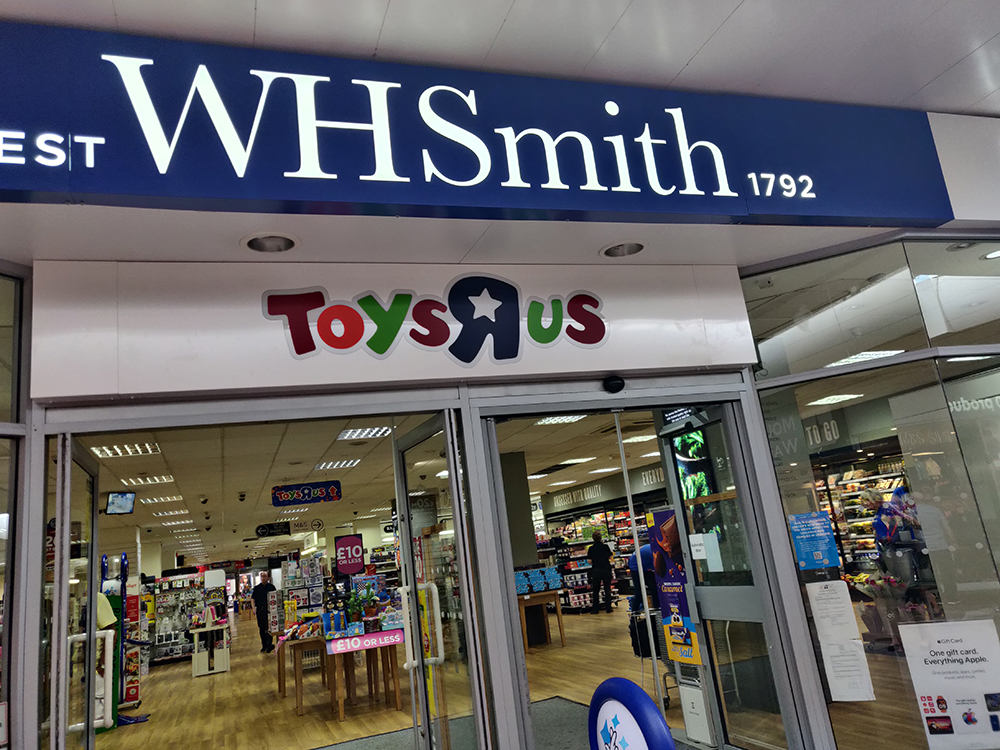Ever since Amazon and Asda, which is owned by Walmart, brought Black Friday over to the UK a few years ago, its popularity and sales volumes have grown so much that it‘s now a permanent fixture on the already-crowded retail calendar – alongside the likes of Prime Day, Singles Day, Christmas and Boxing Day sales, Easter, end-of-season sales, and much more.
This presents retailers with a major challenge in how they prepare their digital estates. Whether it‘s a planned event or an opportunistic flash sale, retailers must ensure their digital platforms are available, reliable and functioning properly, as well as possess easy access and navigation.
In other words, a short term view is integral to any long term planning when it comes to preparing for the year ahead.
Many online retailers haven‘t figured out the empirical relationship between customer experience and digital performance. They simply do not pay much attention to the front-end infrastructure that powers their digital business.
However, behind every interaction between consumers and online retailers is a vast network of websites, mobile apps, third-party service providers, routers, databases, servers, and related technologies. Complexity across this vast network of digital infrastructure is a key barrier to customers realising great experiences.
With this in mind, the team at SOASTA has undertaken research that determines how retailers can ensure positive outcomes when it comes to the way users interact with their digital estates.
SOASTA is a technology company that provides digital performance management (DPM) solutions for retailers to measure, optimise and test mobile and website platforms in real time and at scale. SOASTA has performed over 100 million tests, has measured more than 300 billion user experiences, and is a trusted partner to over 55 of the top 100 internet retailers.
DPM solutions are crucial for retailers because it enables them to utilise the power of data analytics to sift through billions of their own real user experience data to predict future behaviours, user demand, and the performance needed to maximise sales. Simply put, DPM improves the performance of retailers’ digital platforms by bringing together customer experience, IT performance, and business outcome by measuring, testing and analysing their digital estate.
By providing real-time, end-to-end performance visibility and insights from website traffic, ecommerce, and IT performance metrics, retailers can pinpoint and remediate performance issues by campaign, product, channel, device, geography, demographics, and even third party services — quickly and effectively.
SOASTA‘s recent research on the growing importance of DPM taps into this, and the contribution that data science plays in identifying things like the ideal load time for peak conversions, how fast shoppers expect a site to before they bounce, which digital downtime actually costs retailers and why retailers need to be innovative, like Amazon.
Gaining a better insight into the customer journey and the customer experience requires an ability to analyse data in real-time, as well as model that data to provide a view on not just IT metrics but also against the broader business parameters and goals.
The rise of DPM is anchored in an appreciation of the importance data analytics plays in not only shaping the preparations for major retail events, such as Black Friday, but also how data analytics underpins the planning itself.
For more information, visit SOASTA‘s website here: https://www.soasta.com/

















